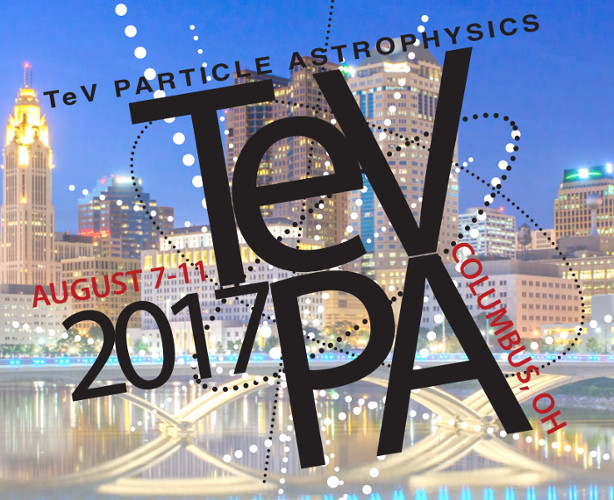Speaker
Description
The PICO collaboration uses superheated fluid detectors to attempt to directly detect interactions between dark matter particles and ordinary matter. These detectors can be operated in conditions under which they are insensitive to gamma and beta radiation, typically the dominant backgrounds for direct dark matter searches.
The PICO-60 bubble chamber is located 2km underground at SNOLAB in Sudbury, Ontario, where neutron backgrounds from cosmic rays are strongly suppressed. These backgrounds are further suppressed by a water tank surrounding the chamber, and by the selection and clean handling of very radiopure components. Piezoacoustic transducers detect the sound of bubble nucleation, which can be used to distinguish between nuclear recoils and U/Th chain alpha decays, the predominant background in superheated fluid dark matter searches.
During its first physics run the PICO-60 C$_3$F$_8$ bubble chamber was operated at a thermodynamic energy threshold of 3.3 keV, acquiring a background-free WIMP-search exposure of 1167 kg-days. A similar exposure was then acquired at 2.4 keV and is currently under analysis. Its successor, PICO-40L, will begin commissioning in the latter part of 2017. This detector has an inverted vertical orientation, intended to eliminate potential backgrounds caused by water droplets, particulates, and surface tension effects in previous chambers. It is intended to act as a prototype and proof-of-principle for the proposed ton-scale bubble chamber PICO-500.




